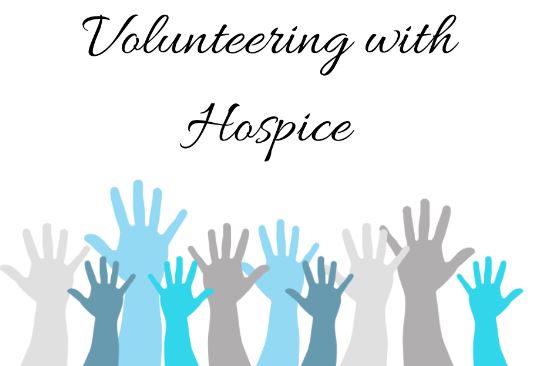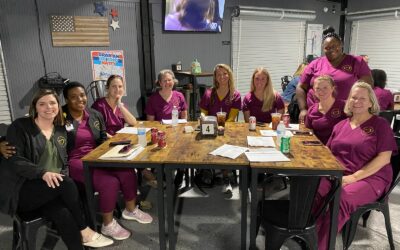Volunteers are an essential components of hospice. The hospice movement was started by volunteers. There are currently more than 460,000 hospice volunteers nationwide. Volunteers provide administrative support or direct patient care services.
Are hospices required to have volunteers?
Use of volunteers is a Medicare condition of participation. Medicare requires the use of hospice volunteers for any Medicare certified hospice. Volunteers must be used in day to day administrative tasks that support direct patient care activities and/or in direct patient care roles.
For each hospice agency, volunteer hours must equal 5% of total patient care hours for all paid hospice agency employees and contractors. A hospice must maintain records of the number of hours worked by volunteers as well as the types of activities performed and whether these activities were administrative or patient care.
The hospice volunteers must perform their activities under the supervision of a designated hospice employee.
Are there other volunteer-related requirements?
There are additional training and documentation requirements that a hospice agency must meet, relating to hospice volunteers:
- A hospice must provide orientation and training for its hospice volunteers and this training must documented
- Efforts to recruit volunteers on an ongoing basis must be documented
- Cost savings achieved through the use of volunteers must be documented. The documentation must include the volunteer’s position, the time spent by the volunteer, and the estimated dollars that would have been spent by the hospice had this position been filled by a paid hospice employee
What direct patient care activites are performed by a volunteer?
Volunteers travel to the location where the patient currently resides – such as the patient’s home, a nursing home, or an assisted living facility – and work directly with patients, caregivers, and families. These volunteers are considered direct care volunteers. Examples of direct care activities include:
- Performing light household chores
- Cooking meals
- Provide transportation for patients or their families
- Provide companionship to the patient
- Providing respite so that family caregivers can take a break
- Using some special skills that the volunteer has such as giving a manicure, giving a haircut, playing a musical instrument, doing an art project with the patient, and the like
- Travel time to the patient’s home may also be included in volunteer hours, if travel time is also used in the calculation of hospice employee hours
- Time a volunteer
What indirect care activities are performed by a volunteer?
Volunteers can also have an impact without directly interacting with patients. For example, they can prepare items that are delivered to patients, they can advocate for hospice patients in the community, or they can go to volunteer health fairs. Indirect care hospice volunteers can also assist the hospice agency with administrative and general office tasks. Examples of indirect care activities include:
- Assisting with preparing mailings for community outreach
- Assisting with data entry, filing, copying, or other clerical duties
- Answering phone calls,
- Preparing blankets to be delivered to hospice patients
- Helping setup for community events
- Helping with grief support groups
What activities may be included in the calculation of volunteer time?
There activities that may be included in total hospice volunteer hours are varied. For example:
- Time that the volunteer is performing the actual tasks (such as assisting with mailings, data entry, light housekeeping, etc.)
- Telephone calls to hospice patients, their family members, caregivers, or bereaved family members
- Travel time to patient homes, if this travel time is included in the calculation of hours for hospice employees
- Time spent receiving orientation to a specific patient
- Time spent in training to perform specific tasks
What activities may not be included in the calculation of volunteer time?
Recall that volunteers must be used in day to day administrative and or direct care patient roles. So the following are examples of activities that would not be included in the calculation of total volunteer hours:
- Flower arranging
- Working in a thrift shop
- General volunteer training that is not specific to a patient or to an administrative task
- Participation in the agency’s governing board
Where can you find out more?
- Analysis of the number of hospice volunteers and discussion of data availability: Hospice Analytics – volunteers
- Hospice volunteer regulatory requirements: Conditions of Participation – Volunteer
- Activities that may and may not be included in the calculation of volunteer hours: NHPCO Volunteer Hours





0 Comments
Trackbacks/Pingbacks